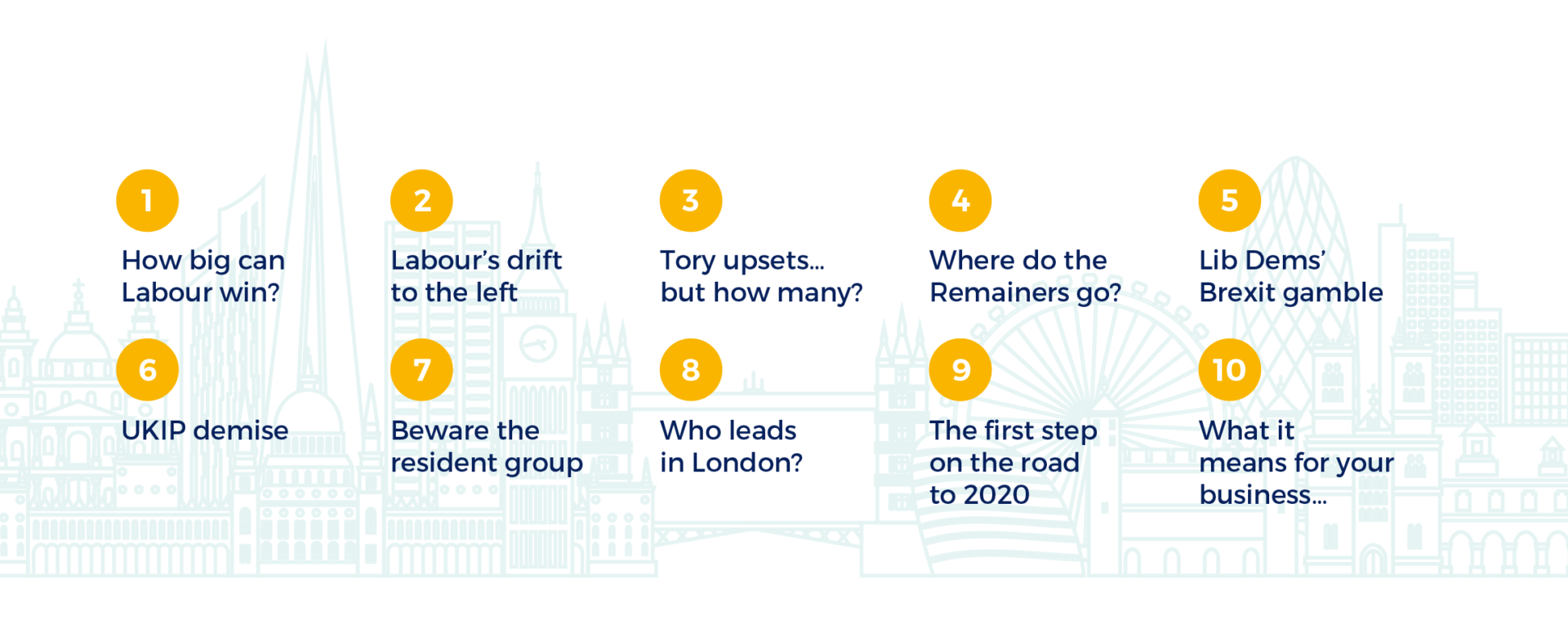In the run up to council elections in London, Portland has compiled a list of 10 things to look out for when Londoners go to the polls on 3rd May.
1. How big can Labour win?
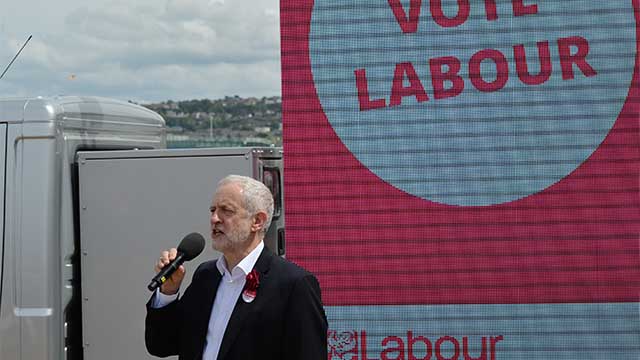
The story of the elections so far has been early polling which shows a commanding lead for Labour in London.
Survation – the only poll to correctly predict a hung parliament at the 2017 General Election – put Jeremy Corbyn’s party seven points ahead of the Conservatives in March. In the capital, Tory Peer Lord Ashcroft’s polling has found that six in ten Londoners, including three in ten Tories, disapprove of the Government’s record and see these elections as an opportunity to make that known.
Most ominously, only 18 per cent of those polled in Tory-run boroughs think their councils are delivering lower bills and better services, suggesting the time tested political messages that have underpinned flagship Conservative boroughs like Wandsworth, Barnet and Westminster are no longer cutting through.
It’s not just the numbers that look bad, the story on the ground is that the Conservative’s London campaign has been slow off the mark. The lack of preparation and organisation stands in sharp contrast with Labour who – buoyed by Momentum – have been out in force over the past few months, even targeting Tory councils that were previous no-go areas such as Hillingdon and Bromley.
What may temper a Labour landslide in London is Jeremy Corbyn’s response to the Salisbury incident and his handling of accusations of anti-Semitism in his own Party. In both these cases, for many his response has not been one of a Prime Minister in waiting, and this may dissuade some voters from coming out for Labour on 3rd May.
2. Labour’s drift to the left
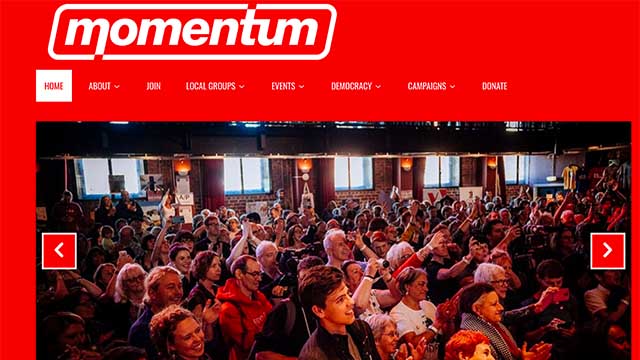
Speak to any council leader and they’ll tell you that one of the downsides of a large majority is that the opposition becomes internalised. Labour Councils that are expected to return 45+ councillors (and you can realistically put Southwark, Lambeth, Islington, Camden, Haringey, Hackney, Lewisham, Greenwich, Tower Hamlets and Newham in that bracket) will soon find that a lack of credible opposition leads to the focus turning inwards.
From the outside, it becomes harder to assess where councillors stand on certain issues as the real debate takes place inside Labour group meetings and not in the Council chamber or on the pages of the local newspaper.
The issue of Labour group management becomes more important when considered alongside the rise of Momentum. The-left wing pressure group has already had a high-profile impact in Haringey where moderate Leader, Clare Kober, stood down after intense pressure locally.
However even in areas where moderate leadership remains, such as Southwark and Lambeth, Labour councillors are starting to recalibrate their positions on issues such as affordable housing and estate regeneration in order to bring themselves into line with their more left-leaning party members.
3. Tory upsets… but how many?
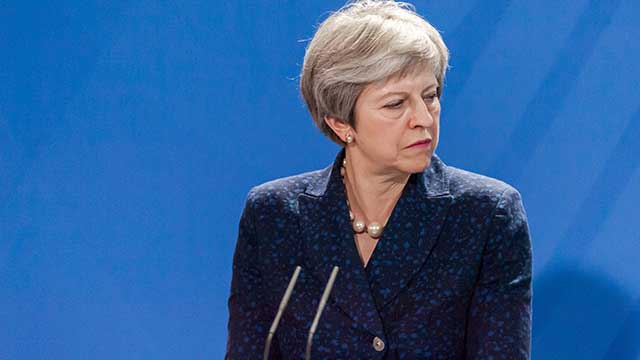
Labour has made clear that it is targeting Wandsworth and Barnet, both of which are highly likely to turn red. There has also been talk of Labour taking Westminster and Hillingdon. Loss of control here would represent a terrible night for the Conservatives and fuel further criticism of the Prime Minister’s leadership.
However, in contrast to the lack of expectation management from Labour HQ, the local Labour parties in Westminster and in Hillingdon do not expect to win control of the Council, but rather hope to make a significant dent on large Conservative majorities. The Westminster Conservative campaign has been notably more organised in contrast to many of its peers and their councillors’ ability to turn out their vote should not be underestimated.
In the Royal Borough of Kensington and Chelsea, the leadership has been focused on the aftermath of the Grenfell tragedy and will not be looking forward to contesting this election. With relatively green leadership and with large sections of the community understandably feeling disconnected from the Council, the once unthinkable prospect of a Labour victory in RBKC could be on the cards.
And if RBKC could be set to fall, what about outer London boroughs like Bromley, staunchly Conservative, although representing a very different type of Conservative voter? The likelihood is that the Conservative leadership will hold on this time around, but demographic shifts are not with them and we are likely to see an increase in the Labour vote as a younger voter comes to dominate in the borough.
4. Where do the Remainers go?
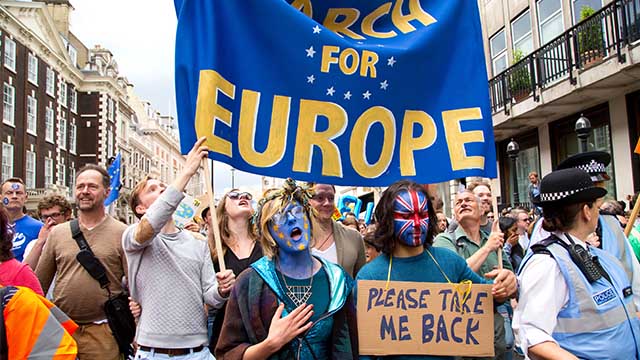
59.9% of people in London who voted in the 2016 referendum, voted in favour of remaining in the EU. In some boroughs, the remain vote was more than 70%. There are also around 1.1 million EU nationals who live in London and are eligible to vote in local elections.
As Brexit negotiations rumble on, dissatisfaction with both the tone and direction of the debate has added to their sense of frustration about the decision. Privately, Conservatives are concerned that they will be punished by voters for Brexit. Will voters simply back Labour to express this dissatisfaction, or will other parties benefit?
5. Lib Dems’ Brexit gamble
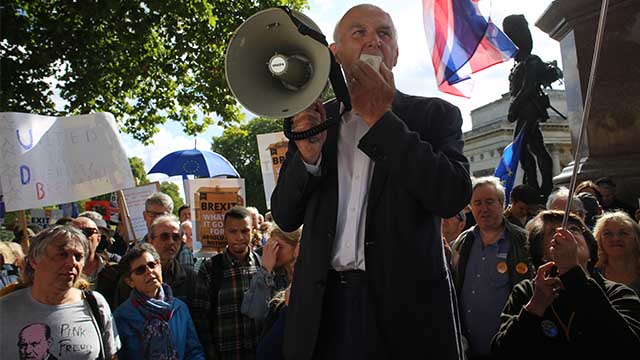
One party seeking to capitalise on that in London is the Liberal Democrats. Despite disappointing results at last year’s General Election, the Lib Dems are doubling down on their anti-Brexit strategy and going all out to woo Remainers and EU nationals.
Their “Exit from Brexit” campaign is seeking to capitalise on the anger and frustration of many pro-EU voters, with the Party hopeful that a successful local election campaign will be the springboard for success at the next General Election.
Privately the Lib Dems expect to hold their one London Council, Sutton, and to do well in areas where they are in a straight fight with the Conservatives, specifically Richmond and Kingston. What will be instructive, however, will be how they fair in Labour areas. If they begin to claw back votes in Labour strongholds like Southwark, Camden and even Jeremy Corbyn’s patch, Islington, then a genuine Lib Dem fightback might be on.
The relatively poor performance of the party in Parliament – where it is seemingly absent from the narrative – will not be helping them.
6. UKIP demise
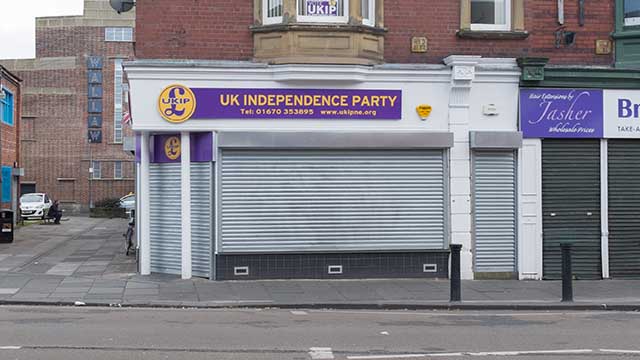
UKIP’s problems are well documented: leaderless, close to bankruptcy and without a defining purpose since the EU referendum. To compound this, the last time the seats up for election were contested was in 2014, the same day as EU elections. This gave the Party a boost then, helping many UKIP councillors to win against expectations but making them vulnerable this time round.
Do not be surprised to see UKIP wiped off the London council map completely. The only London borough where this could have a significant impact is Havering where the seven UKIP councillors elected in 2014 are part of the reason the Conservatives lost control of the Council. Will it return to the Tories this time around?
7. Beware the resident group
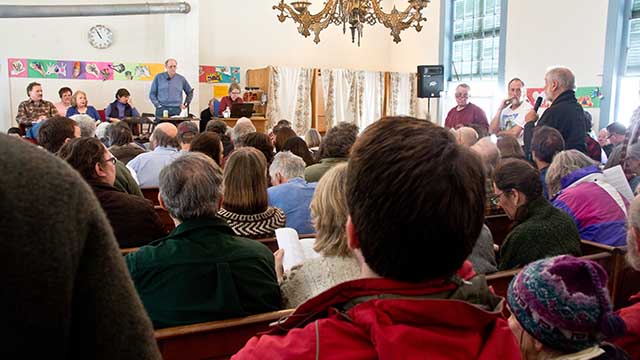
What may stand in the Conservatives’ way in Havering are independent groups including the Havering Residents Association. In 2014, Havering returned 24 “independent” councillors. While there have been defections and resignations since then (which is part and parcel of these type of groups), independents and resident groups could still have a big say in who leads the Council, both here and elsewhere in London.
Active resident associations/independents can dilute polling (few people are polled on which independent candidate they support) and can split the vote on polling day. In Kingston, the Kingston Independent Residents Group is mounting a credible challenge which is unlikely to win control of the Council but could take votes away from Lib Dem and Conservative candidates in marginal wards, making it harder to predict the final outcome.
8. Who leads in London?
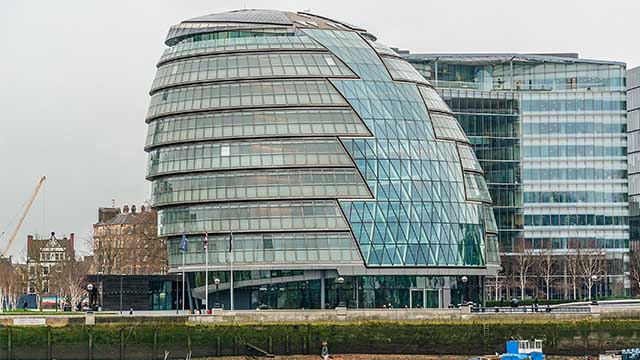
This election will see a new generation of directly elected mayors. Sir Robin Wales (Newham), Sir Steve Bullock (Lewisham) and Jules Pipe (Hackney) have been long standing fixtures of London local government. While their successors are not necessarily more radical, they will all come into office wanting to shake things up so we can expect to see bold policies implemented in these boroughs post May.
These mayors, along with the aforementioned Kober, were also a core part of the leadership of London Councils, the London-wide lobbying organisation that was the only rival to the Mayor in terms of power and influence in the Capital.
London Councils has helped shape the policy debate around skills, transport and the environment in London for the last decade. There is now space for new leadership, will it reflect Labour’s new party membership? If so, we can expect to see London Councils start to put forward more radical policy proposals over the next four years.
9. The first step on the road to 2020
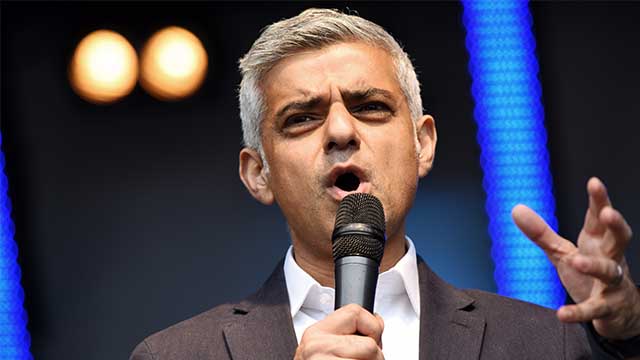
Sadiq Khan has not been shy in inserting himself into the campaign in a number of boroughs – who in turn have welcomed the relative stardust he brings to proceedings. His reputation is tied to a successful outcome for the London Labour party and he will be keen to trumpet any gains.
However, the outcome of these elections could prove challenging for him for a number of reasons. First, a large number of Mayoral policies need to be delivered by the boroughs – it is useful to occasionally criticise them for missed targets or a lack of delivery. This becomes harder when the majority are Labour boroughs as the Mayor will have to pick fights with their own party carefully.
Second, Sadiq will soon be seeking reselection to contest the 2020 Mayoral election (short of any sudden changes in Westminster). He is constantly triangulating between Labour’s moderates and the new left that has emerged under Corbyn who don’t really see him as their candidate. A swing to the left across London will increase scrutiny on his record.
At the same time, will these elections help identify the next Conservative mayoral candidate? If say, Nickie Aiken holds onto Westminster convincingly, could she be persuaded to take the fight to Sadiq in 2020?
10. What it means for your business…
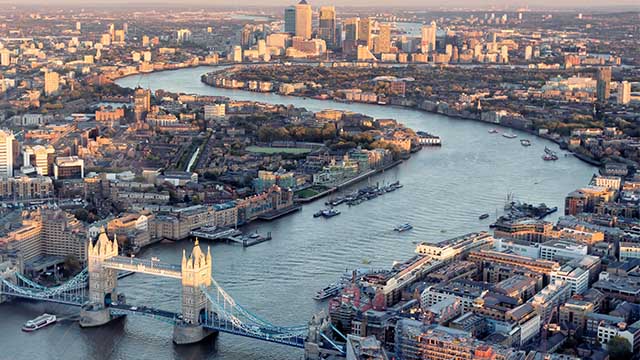
What should be clear by now is that there is a change coming in May. London local government is set to be more left leaning, more sceptical of business and developers and more willing to frustrate proposals that do not meet their high standards.
For developers, delivering not just the right quantity of affordable housing but the quality (i.e. the right mix of social and intermediate) will be a pre-requisite to even get to pre-application stage. Viability reports will no longer offer a way round this as many councils will choose to let applications fall rather than approve something they are not happy with.
The urgent need to deliver new homes while replenishing existing stock will make estate regeneration a priority for many boroughs. The Mayor has proposed mandatory ballots of residents for schemes where any demolition is planned and many local parties are including this in their manifestos.
This reflects a more general trend which aims to put decision making back in the hands of residents and means consultation can no longer be treated as a tick box exercise. Businesses and developers that lean into this, engaging with local people in a meaningful and sincere way, recognise that the short terms costs of doing so are outweighed by the long term reputational gain of being seen as a business that councils can work with; making engagement next time round smoother and less costly.
Finally, expect to see increasing activism from local government on issues that impact Londoners’ health, in particular obesity and air quality. After housing, reducing emissions and obesity are Sadiq Khan’s legacy issues. Any business with a good story to tell on these issues should think how they can partner with the Mayor, the GLA and London councils to help deliver these goals.

